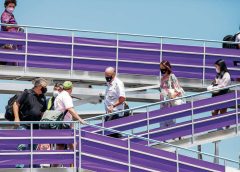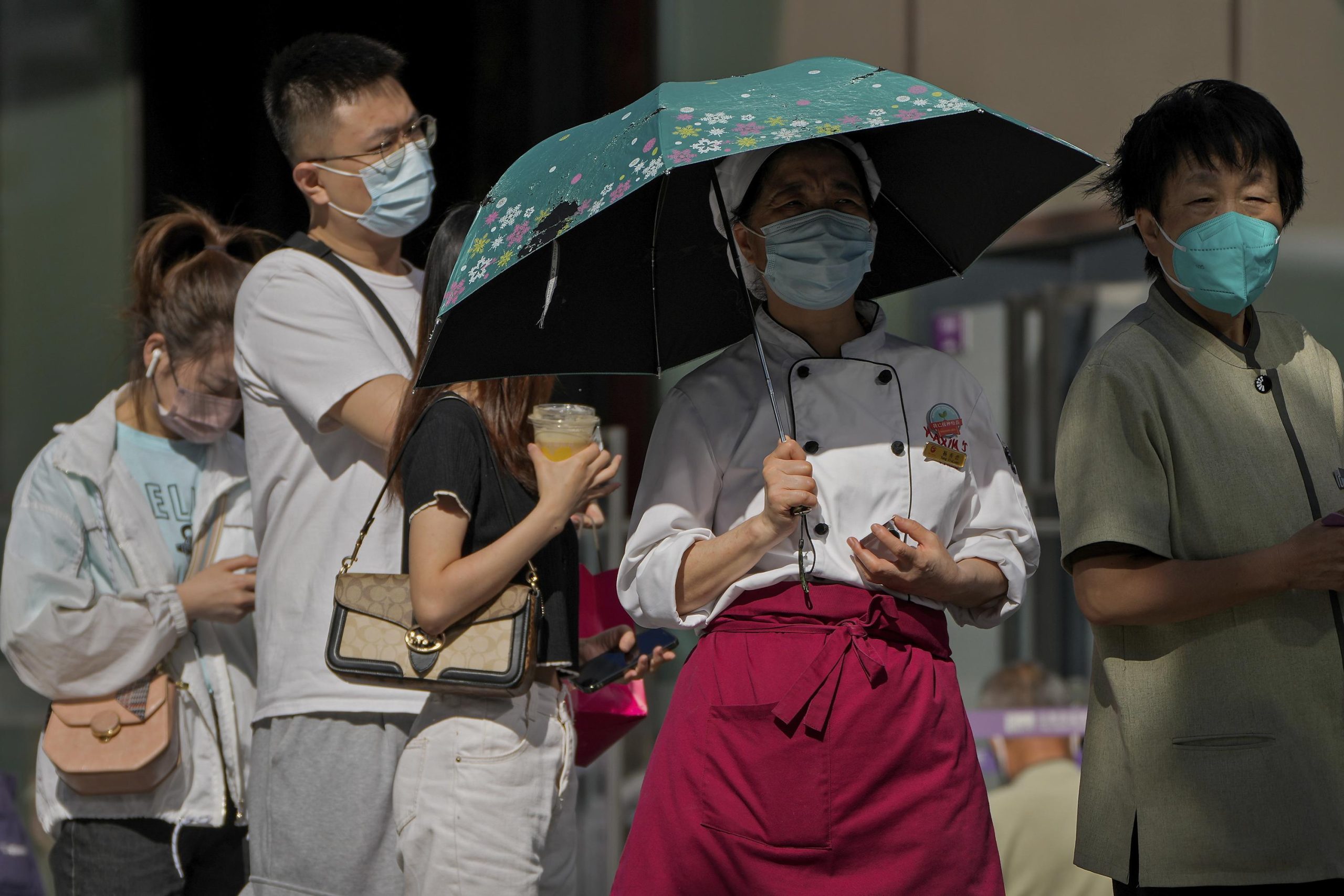
Hawaii could see bump in visitors from Japan as travel restrictions ease
[ad_1]
Mahalo for supporting Honolulu Star-Advertiser. Enjoy this free story!
The Japanese government on Wednesday is significantly easing border controls by eliminating requirements for pre- departure COVID-19 tests for travelers who have received at least three vaccine doses, and increasing daily entry caps to 50,000 from 20,000.
Hawaii Tourism Japan Managing Director Eric Takahata said these new developments will not completely overcome headwinds from higher fuel surcharges and the unfavorable exchange rate, which at 140 yen to a dollar represents a 24-year low.
They also are not likely to bring enough visitors to reach an aggressive forecast made earlier this year by the Japan Association of Travel Agents Chairperson Hiroyuki Takahashi, who said that he expected to see Japanese visitors return to Hawaii this year at 40% of the pre-pandemic 2019 level and by next year would be back to normal.
That forecast was based on the idea that visitors from Japan could return to Hawaii more freely than government policy has allowed. Instead, visitors from Japan in July were still down nearly 83% from July 2019, and about 93% for the first seven months.
Still, Takahata expects that the most recent changes to Japan’s travel polices, along with recently announced flight additions, will help Hawaii capture pent-up demand in time for the Honolulu Marathon in December and beyond.
“It will hopefully create fourth-quarter momentum that runs into the first quarter of 2023 and provides some benefit for the Honolulu Festival, which returns in March for the first time since the pandemic,” he said.
Dr. Jim Barahal, Honolulu Marathon CEO, said easing Japan’s travel regulations should build additional participation for the marathon’s 50th anniversary year.
He said 2,800 Japanese participants have signed up for this year’s events, which in addition to the 26.2-mile race, also include the Kalakaua Merrie Mile and the Start to Park 10K.
“Our Japanese participation is still down about 73% from 2019, but we are expecting it to grow with the further easing of travel restrictions,” Barahal said.
Last year Barahal said only 125 visitors from Japan participated in the marathon and its other events. Barahal said in more normal years the three events attract between 32,000 and 34,000 entrants, half of which come from Japan.
He said this year, so far, total enrollment for the three events is at about 20,000, even with enrollment up 110% from the mainland U.S.
“We won’t come close to the 15,000 from Japan that we’ve had in the past, but we’re hopeful that this easing of restrictions on Sept. 7 will lead to more visitors coming from Japan,” he said. “It’s a good sign that we have retained our major Japanese sponsors Japan Airlines and Mizuno.”
Barahal said removing the testing requirement and easing other restrictions in Japan will help boost travel, which will help overcome lingering fears of travel.
“It’s not only having to take the test to travel but also the feeling that it is safe for them to travel,” he said.
Japan, which has imposed some of the toughest border measures for the coronavirus, currently requires negative PCR test results within 72 hours of departure for all entrants. The practice has been criticized as cumbersome and expensive at close to $200 per person.
Takahata said the greater impediment is that the tests introduce uncertainty. For instance, if a visitor tested positive for COVID-19, the individual had to be prepared to stay in Hawaii an additional five to 14 days for the virus to clear from that person’s body.
Japanese Prime Minister Fumio Kishida, who announced Wednesday’s coming travel changes last month during an online news conference, said, “Our fight against the virus is not easy, but we should not be too afraid and instead take into consideration the characteristics of the omicron variant. We will speed up our responses while balancing the infection measures and social and economic activities as much as possible.”
Japan partially opened its borders to foreign tourists in June for the first time in two years, but only allowed those who agreed to join package tours with guides.
Business organizations in and outside Japan have called for the country to ease its border controls to support the economy, especially the tourism industry, which has been badly hurt by the pandemic. But many Japanese are wary of further easing border measures because the country has been struggling with a seventh wave of infections.
Still, air service between Japan and Hawaii has been building. In July, All Nippon Airways resumed service to Hawaii on its 520-seat A380 superjumbo jets. Last month Japan Airlines relaunched nonstop service between Tokyo and Kona.
Hawaii Tourism Authority President and CEO John De Fries, who gathered with other tourism and government stakeholders to mark the restart of direct service between Japan and Kona, said in a statement, “Japan Airlines flight 770 from Narita International Airport to the Ellison Onizuka Kona International Airport symbolizes the re-opening of a sky bridge that will unify us and strengthen our cross-cultural bond, while fortifying our efforts to enhance trade and commerce between our two nations.”
Takahata said Delta Air Lines is resuming direct service between Tokyo and Honolulu on Dec. 1, and Hawaii Tourism Japan expects Korean Air will make an announcement soon about the resumption of direct flights.
———
The Associated Press contributed to this story.
[ad_2]
Source link

